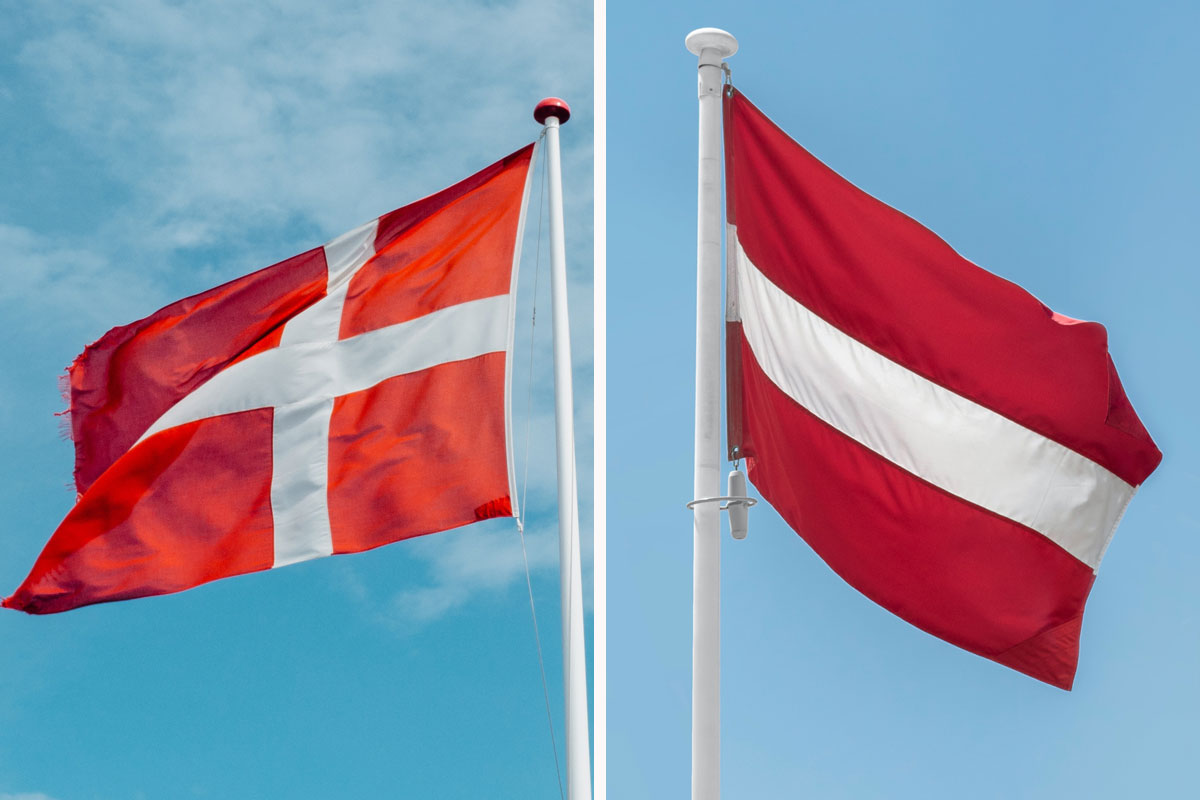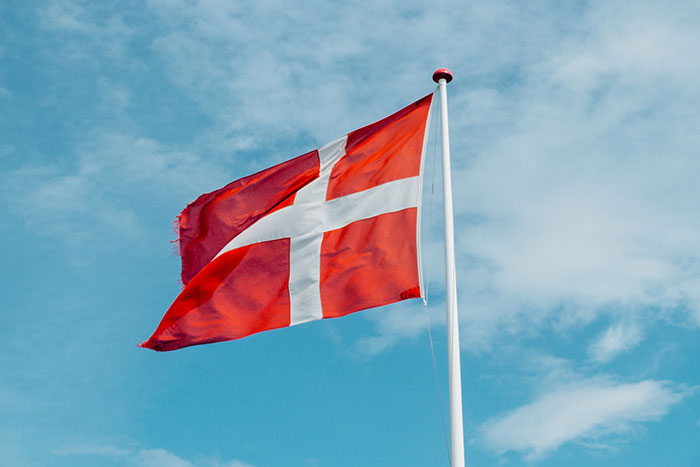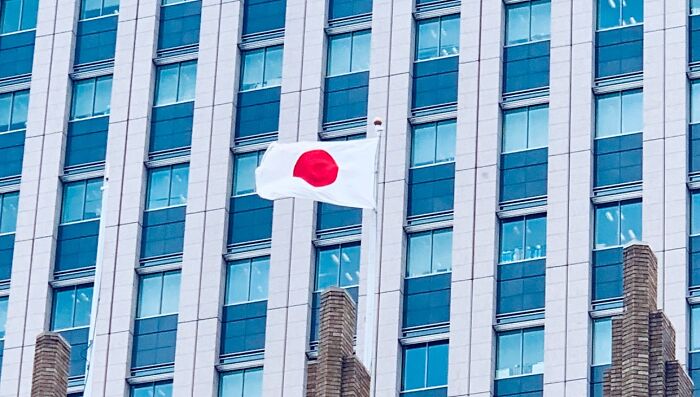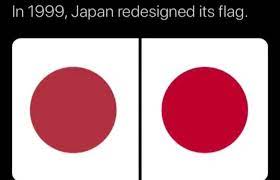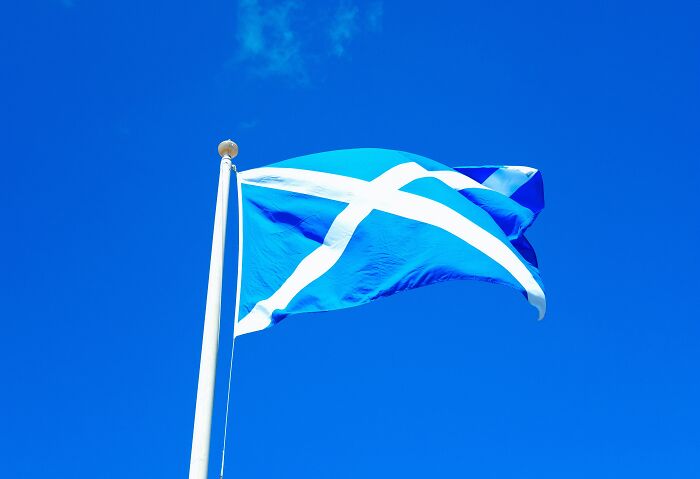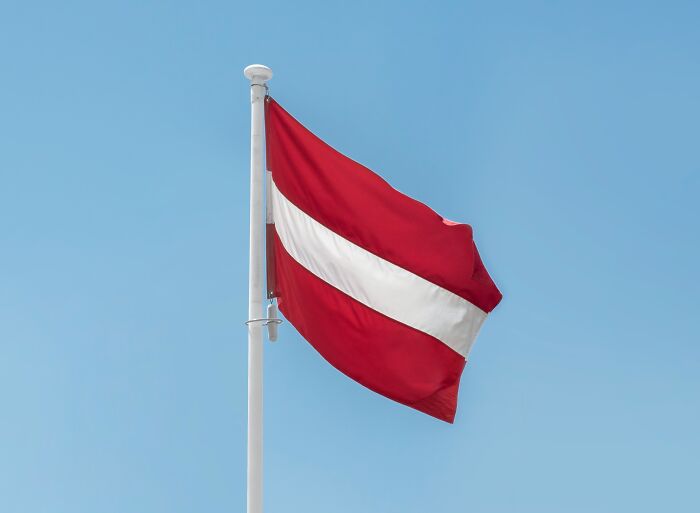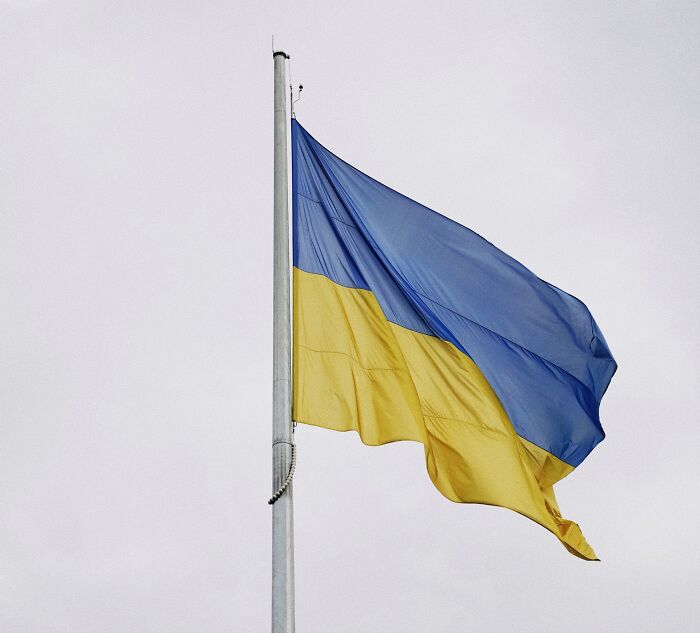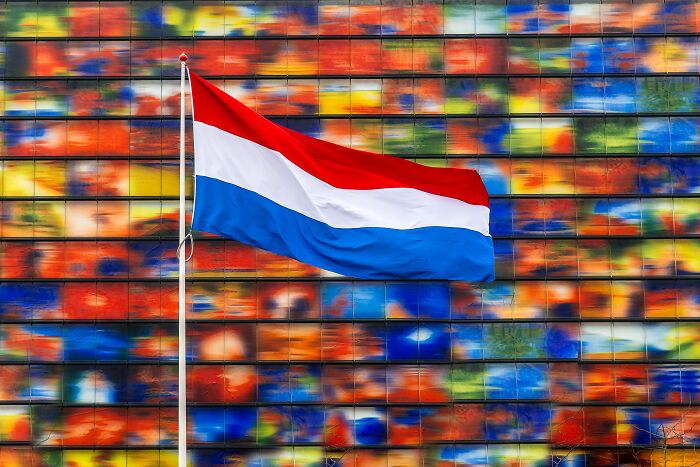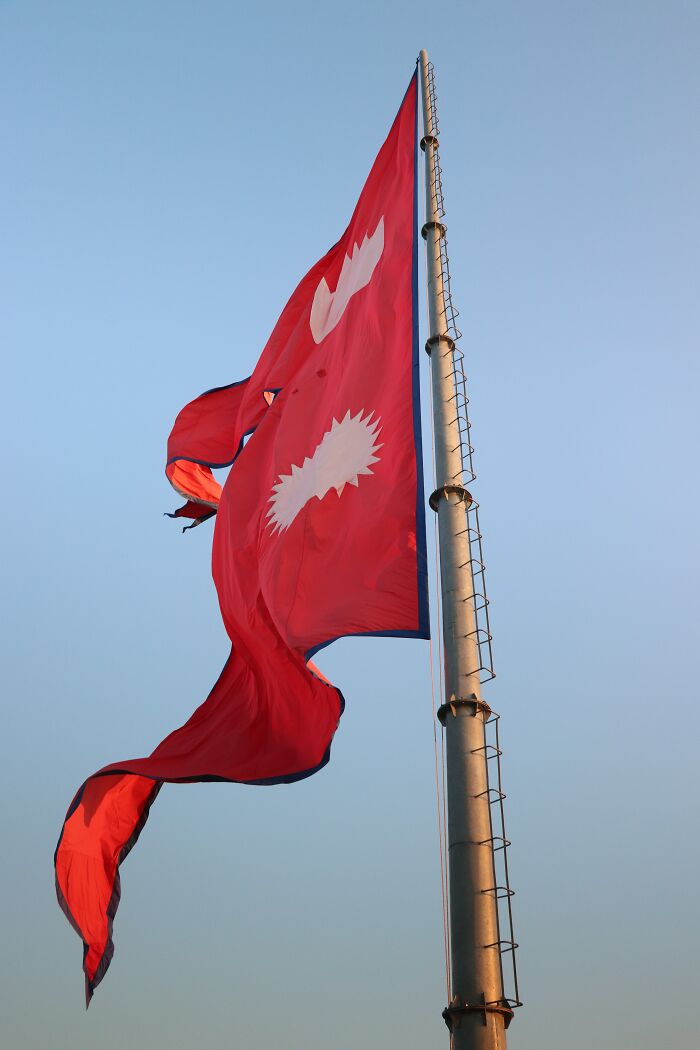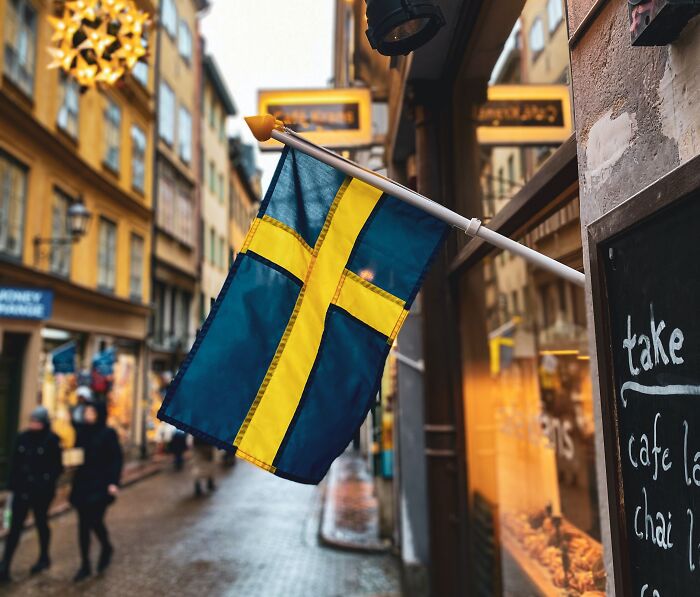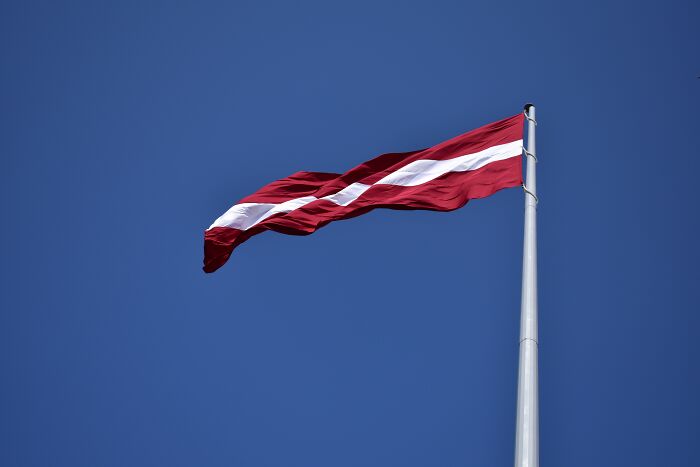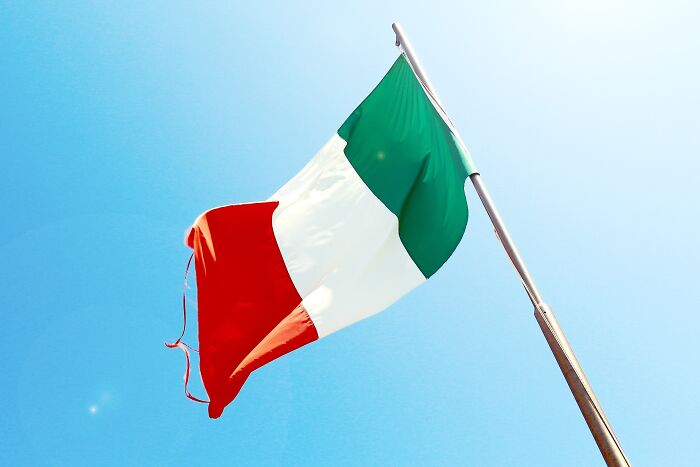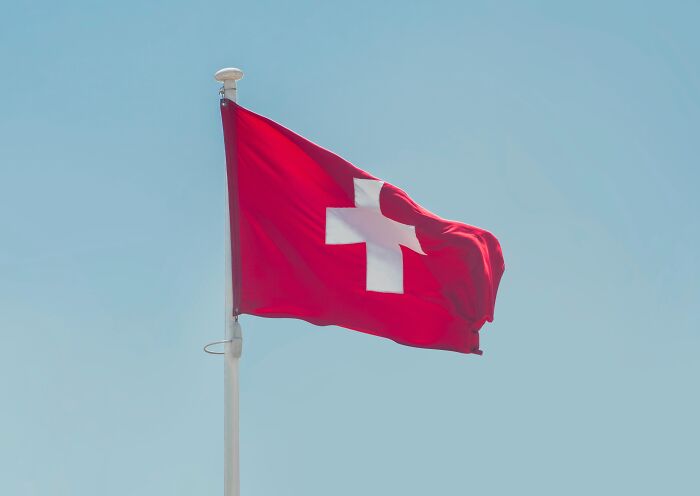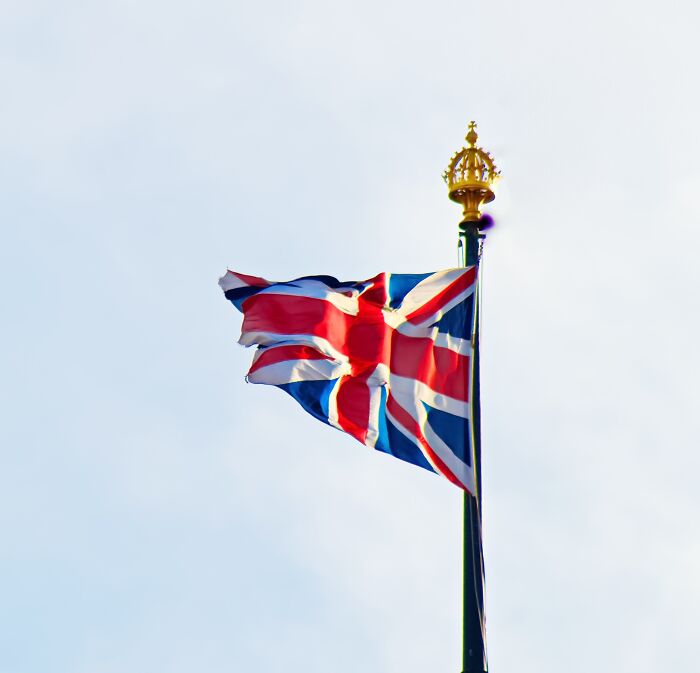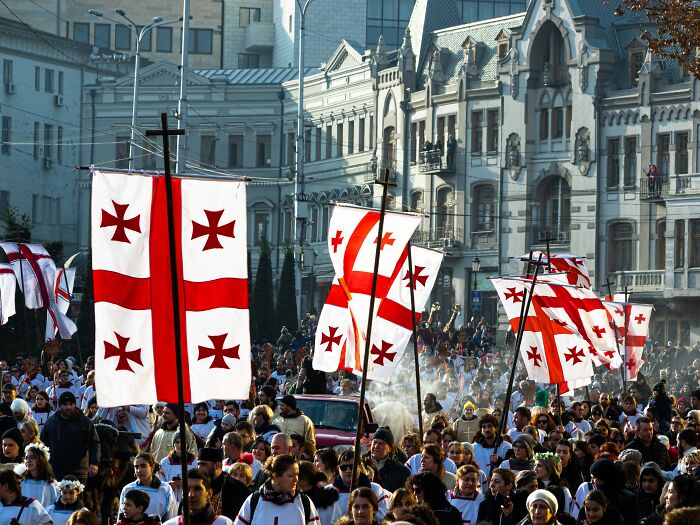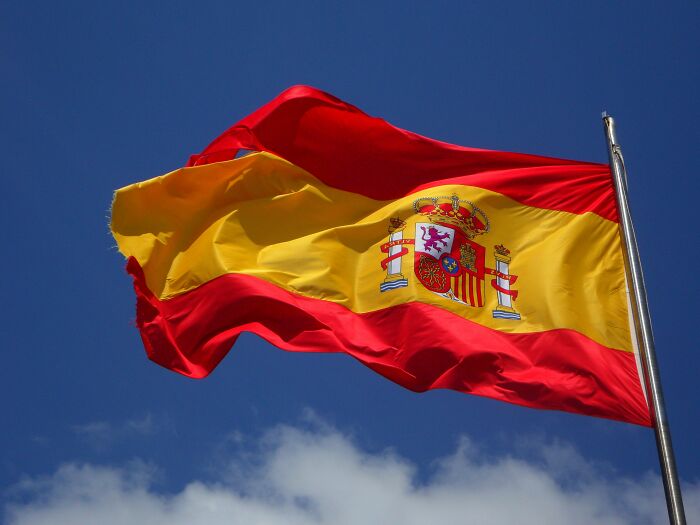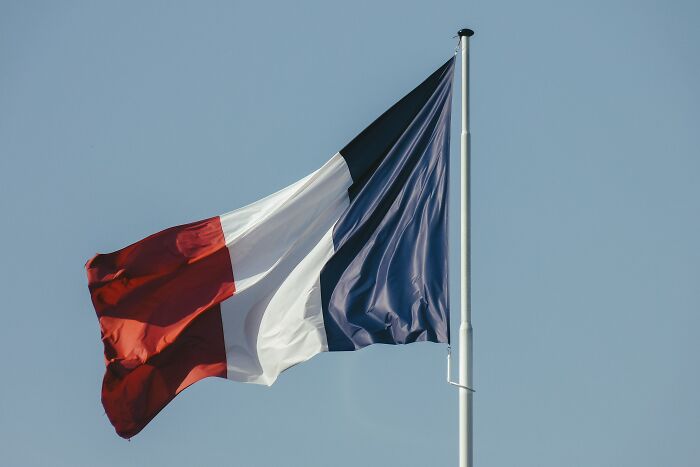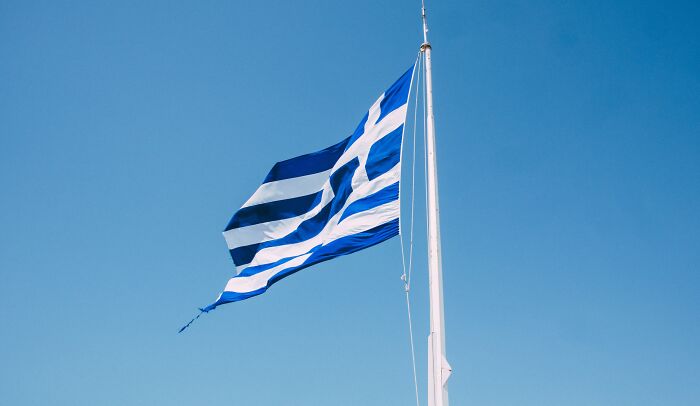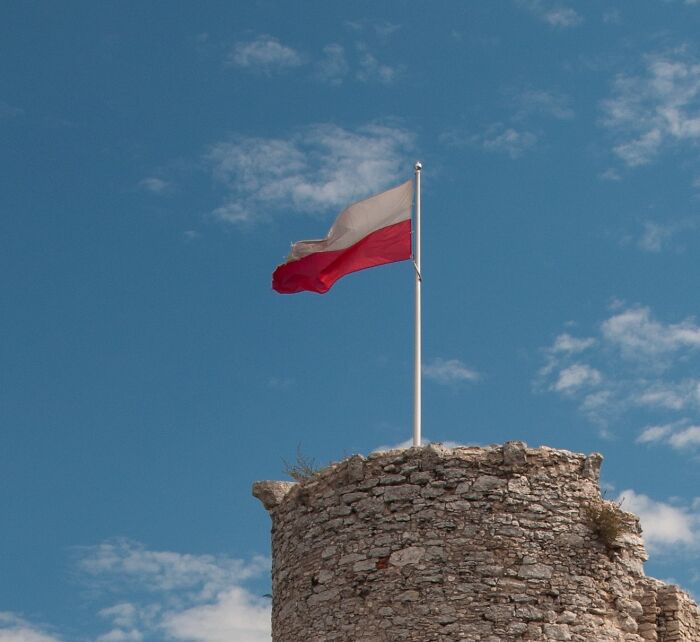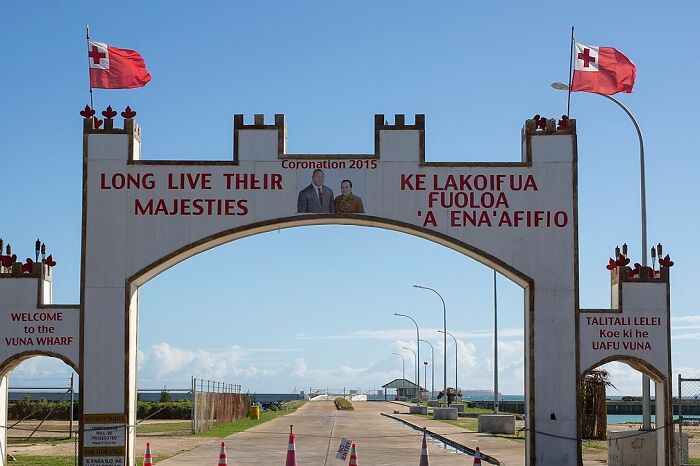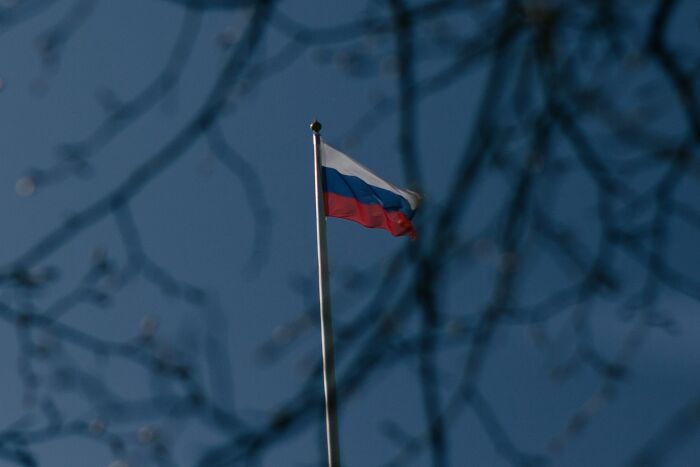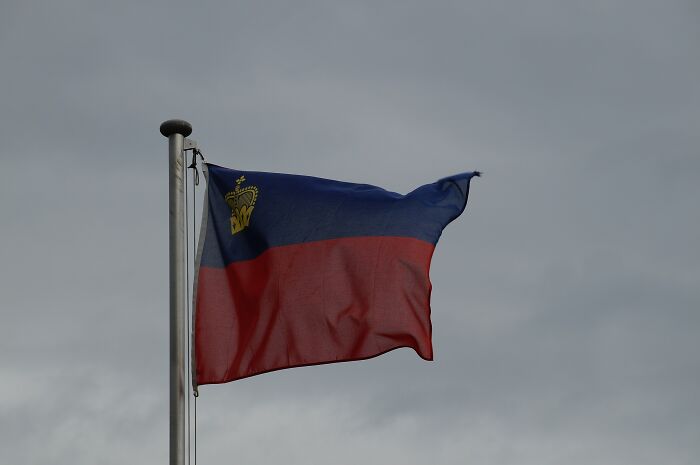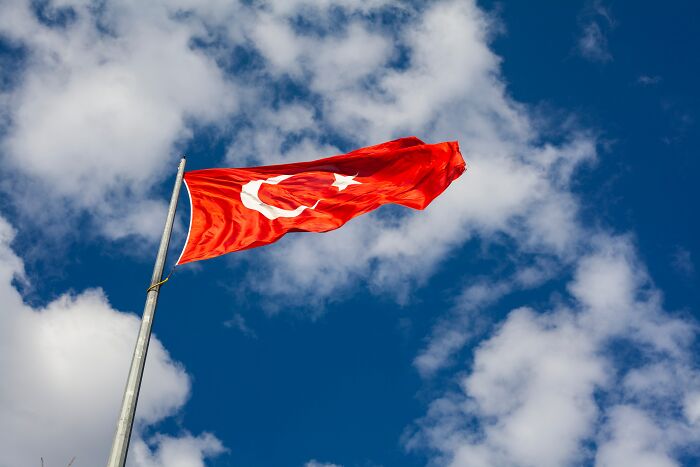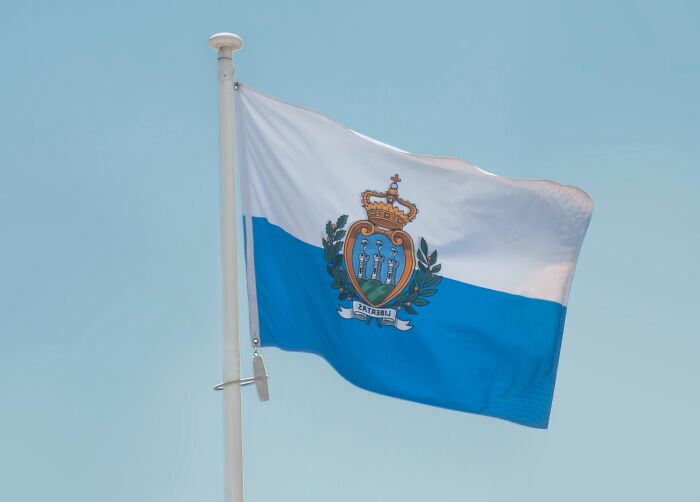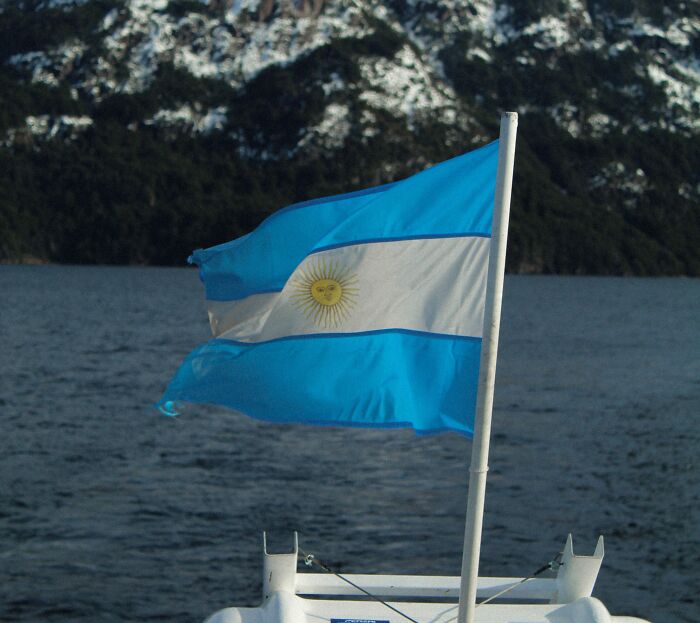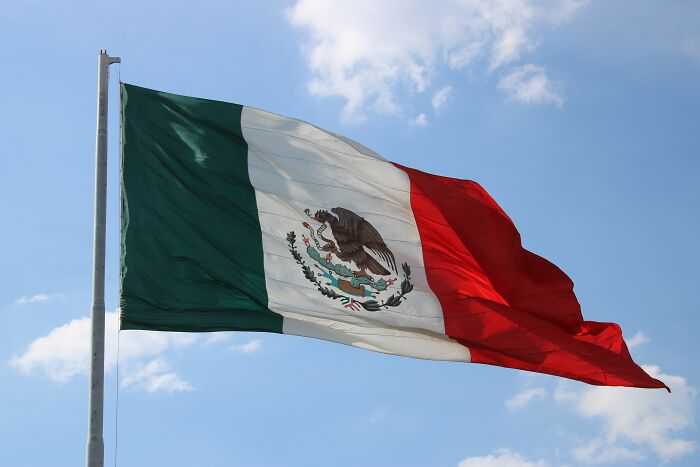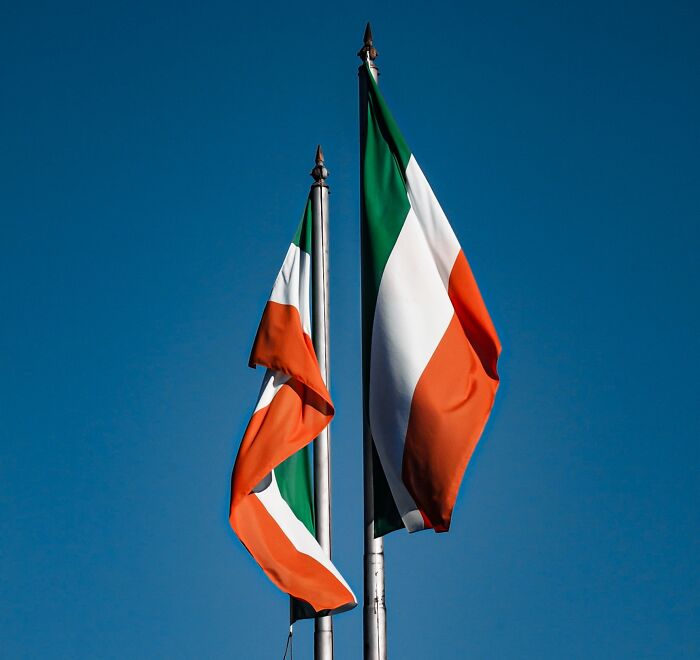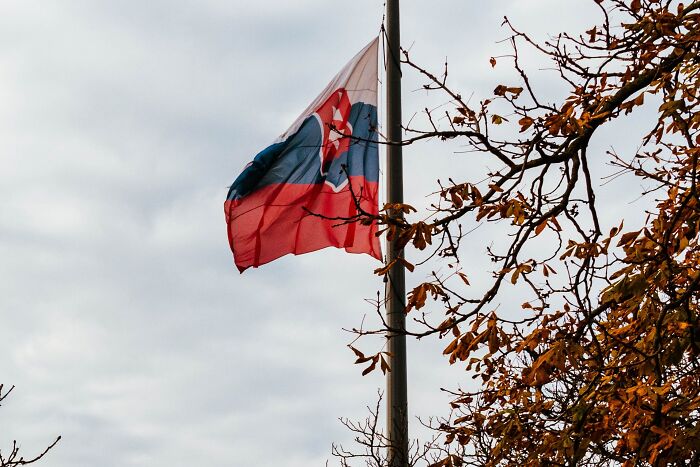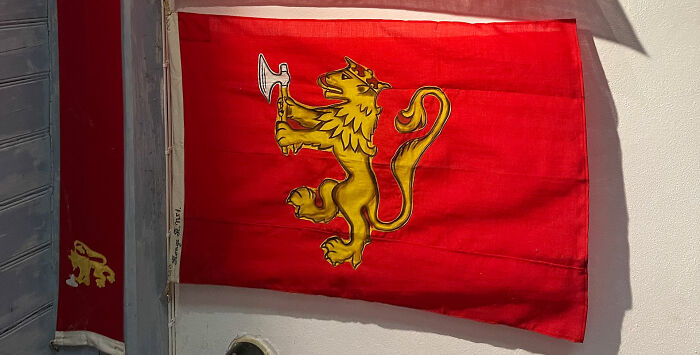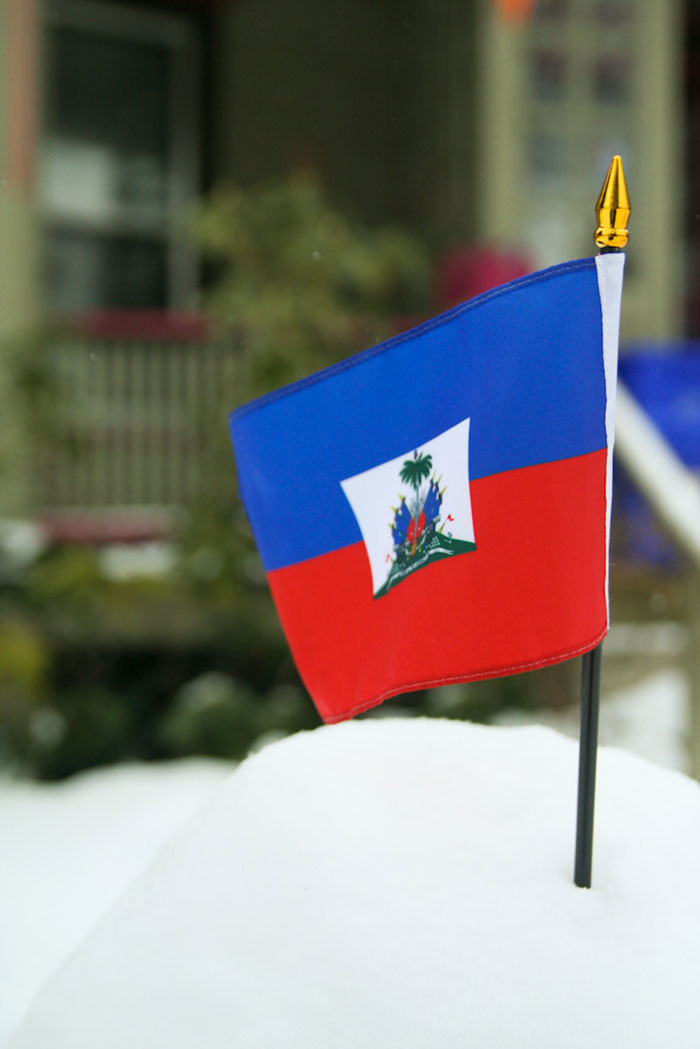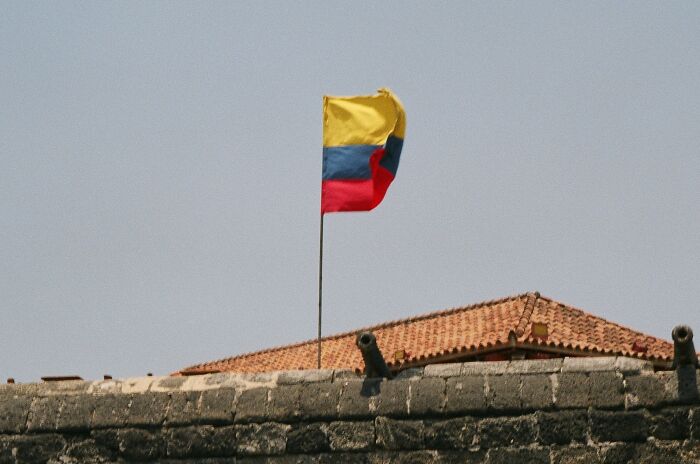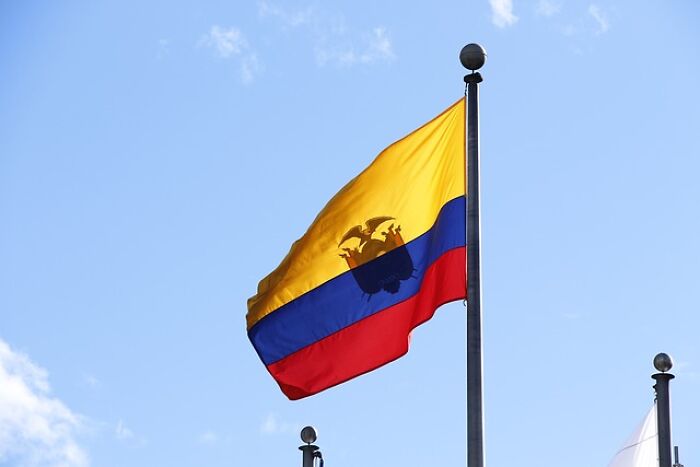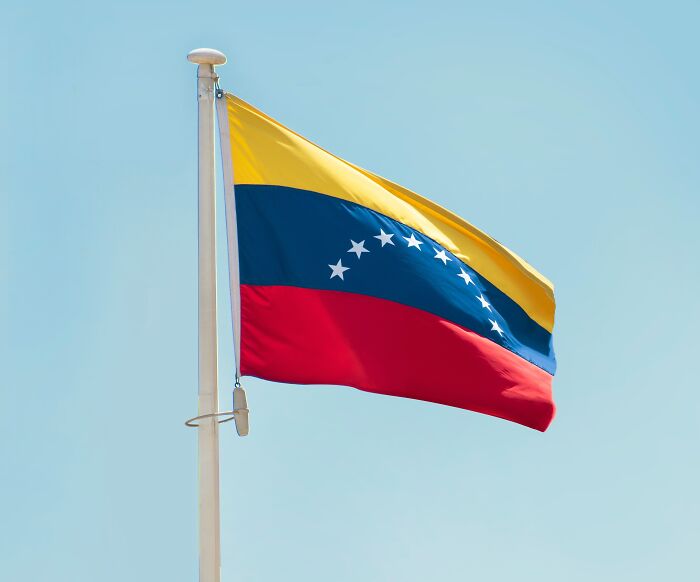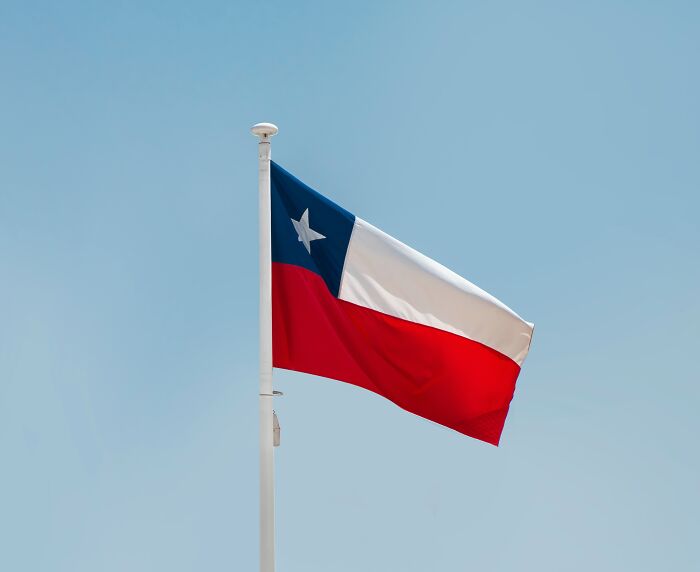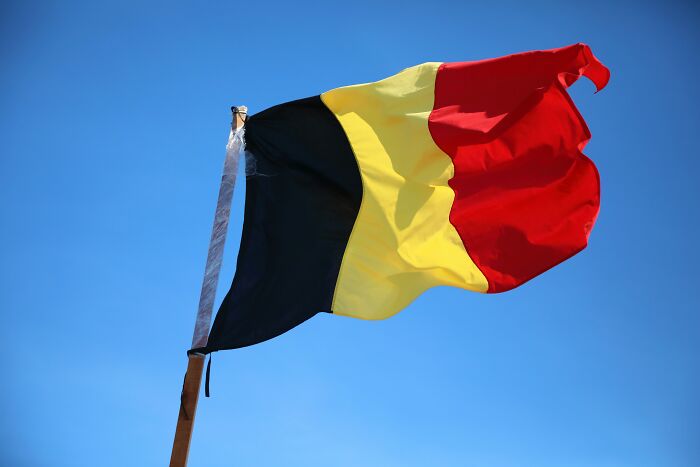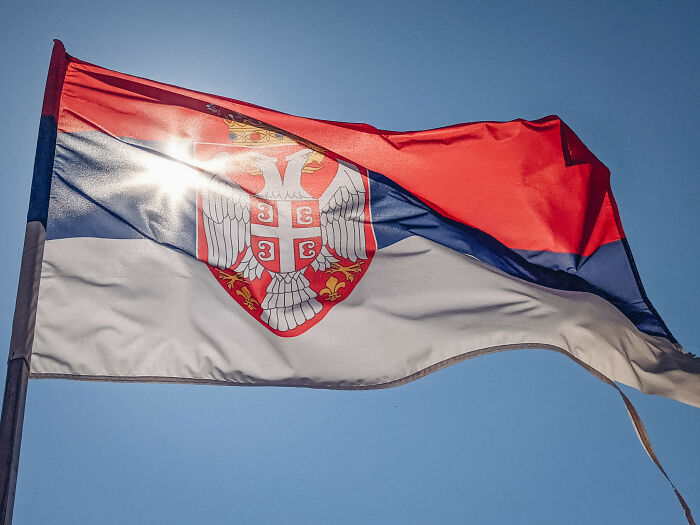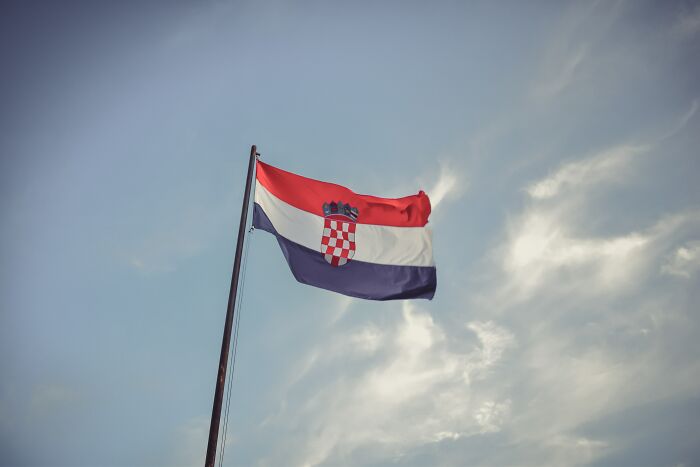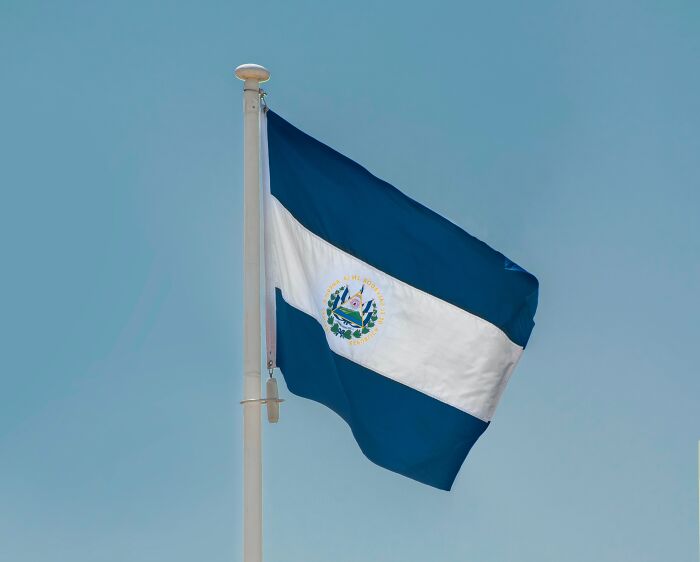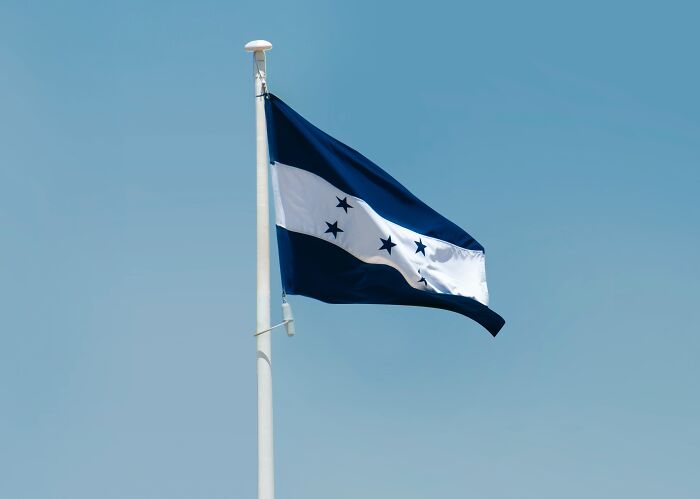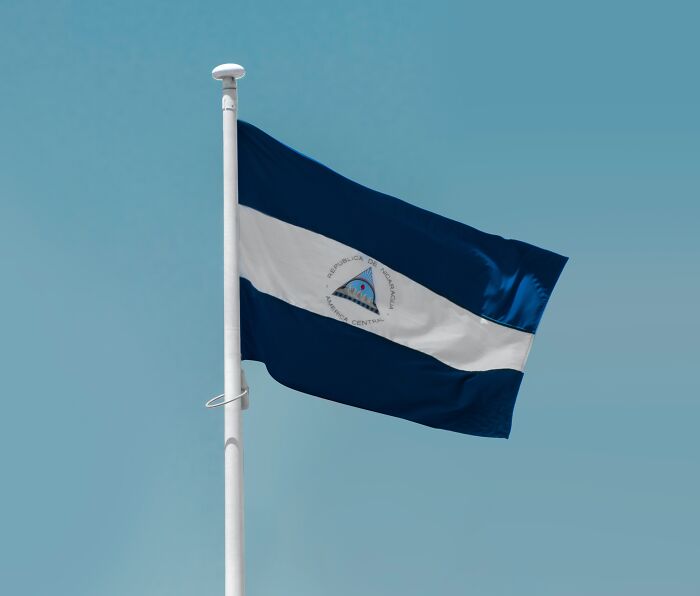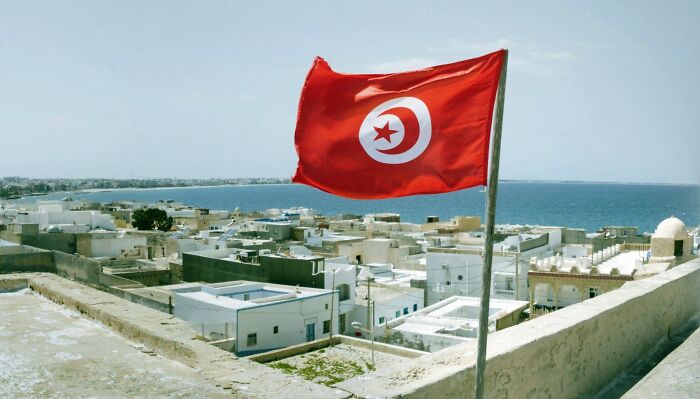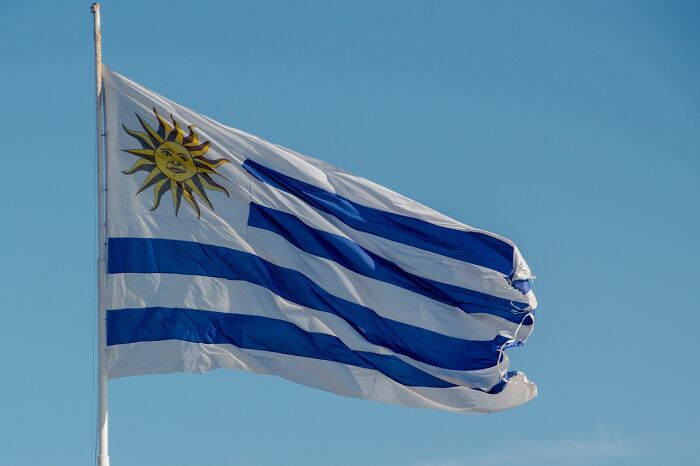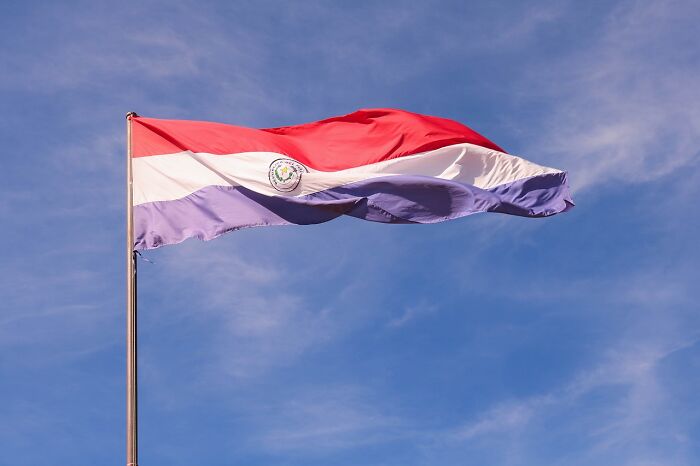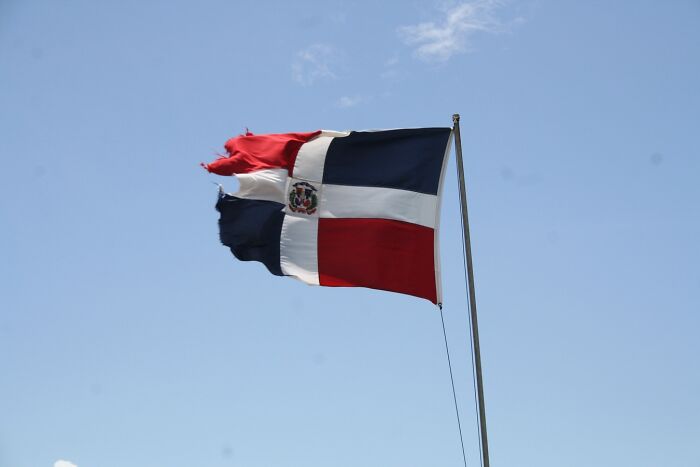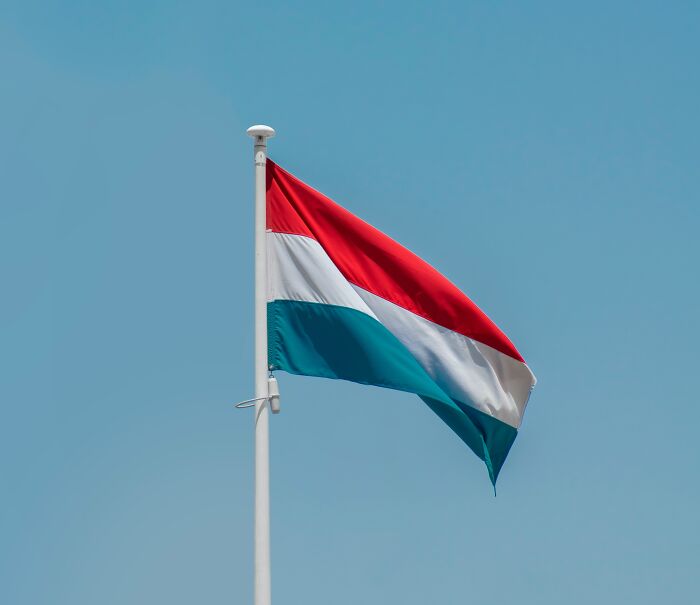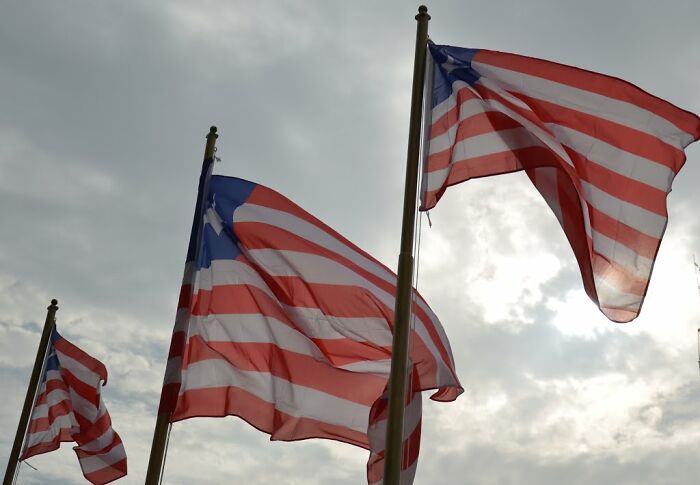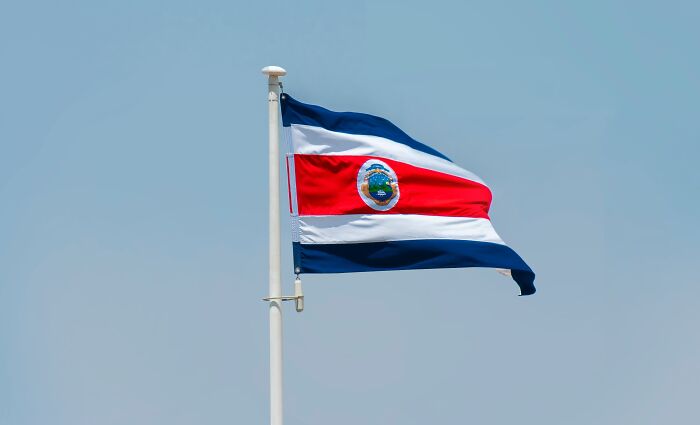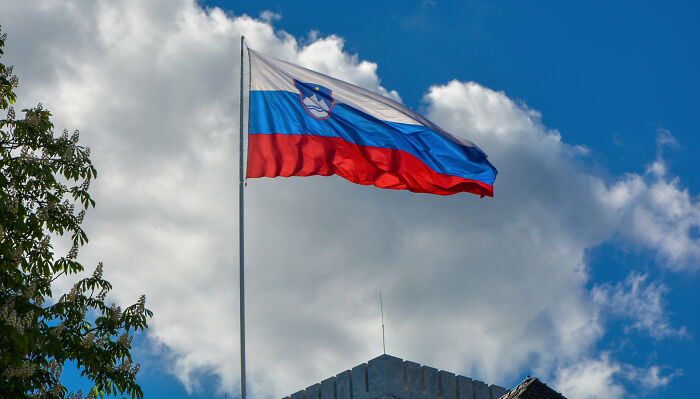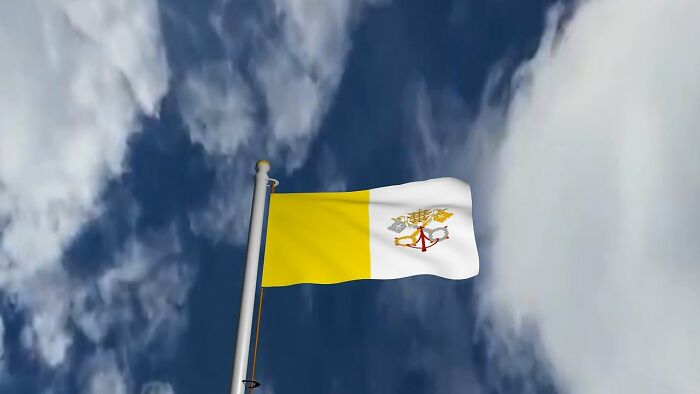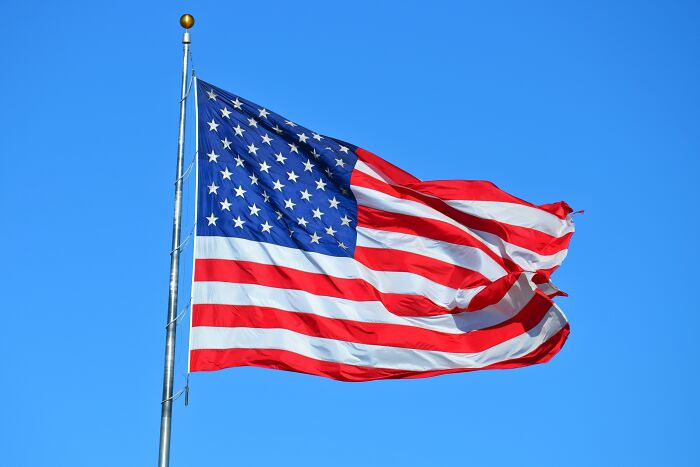From grueling battles on the battlefield to finally being represented in the United Nations — the oldest flags in the world have survived it all. We aren’t talking here about the red flags in people. A flag can represent a nation without saying a single word. They tell years of history through visual aspects. However, not every flag has survived the test of time. When it comes to the label of the oldest flag, design and meaning to the nation play an important role in survivability.
The design of the flag is the first thing that catches the eye. The catchier the flag — the longer it will stay as a flag. The oldest flag in the world, Denmark’s, practically pioneered the use of the Nordic cross in 1219. This design, simple yet unique in a way, was later adopted by other Nordic countries, like Sweden and Finland. Denmark has stuck to this flag since 1625 when it was officially adopted. However, the design has changed due to the flag's meaning. The perfect example of it would be the Stars and Stripes of the United States. Adopted in 1777, this national flag was changed slightly over the years. As the nation grew, the flag got filled with more stars. Yet, the main design and meaning of it stayed the same.
Want to find out more about the oldest country flag, a.k.a Denmark’s Nordic cross, or see who survived the test of time? We’ve got you covered. We have compiled some of the oldest national flags used today in the list below. Some of them are more eye-catching than others, so be sure to upvote the ones you liked. Since the flags are rich in history, share your knowledge in the comments below.
This post may include affiliate links.
Denmark (First Used 1219)
Holding the record for being the longest continuously used flag, this one likely pioneered the Nordic cross. With a white cross on a red background, the flag represents battle and the peace that comes after it. Also, the flag is said to be first used in the Battle of Lyndanisse in 1219, when it fell on the Danish.
Japan (First Used 701)
The land of the rising sun, Japan, is perfectly captured in the national flag known as Hinomaru. While the symbolism of the rising sun was used since the 7th century, the flag version was only used later. According to some Japanese history books, the Hinomaru was first used by Emperor Monmu during the New Year celebrations.
Scotland (First Used 13th Or 14th Century)
Whereas the Northern countries prefer to use a cross horizontally on their flags, Scotland uses it another way. The Scottish national flag utilizes a white diagonal cross on a blue background. The design dates back as early as the 13th century. It is also an important element of the Union Jack.
Austria (First Used 1230)
Austria's flag, the second oldest in use, was used firstly as a symbol of the Babenberg dynasty. However, in the middle ages when the Habsburgs took over the region, the Austrian flag of white and red was left in use. Its meaning was so closely associated with Austria that no matter what dynasty ruled it, the flag stayed in place
There's a story from the 12th century that this flag comes from the robe of Duke Leopold V. which was blood red after the Siege of Acre, except for his middle which was white because of his belt. Probably just a legend, but interesting nontheless.
Ukraine (First Used 1848)
Netherlands (First Used 1572)
The Netherlands flag represents the change from a monarchy system to a more democratic one. Besides being the oldest continuous flag to use the tricolored design, it also inspired other nations, like France and Russia. Since the 16th century, the flag has seen some changes, color-wise, like changing the top from orange to red.
Luxembourg and Netherlands flags are similar, but side by side I can see color differences. Unknown-64...e94b7.jpeg 
Nepal (First Used 1743)
Nepal has one of the strangest and most unique flags in the world. Combining two pennons, the flag of Nepal can stand out among the sea of rectangles by its design alone. First used in 1743, it was only officially adopted in 1962, when the new constitutional government was formed in Nepal.
Sweden (First Used 1562)
According to mythology, the flag of Sweden we know today appeared to King Eric IX when he landed in Finland during the First Swedish Crusade. Seems like the Swedish stole the story from the Danish, or was it the other way around? Nevertheless, the golden cross in a blue field has been used since the 1560s by the royalty of the kingdom.
Latvia (First Used 1279)
Latvia’s flag came to fruition due to a war the Latgalians were involved in. As the legend goes, when the Latgalians chief got wrapped in a white sheet, the sides got soaked in his blood, and the middle was left untouched. The national flag was officially adopted in 1921, and it symbolizes the readiness of the Latvian people.
Italy (First Used 1796)
It seems like the French did a lot to help create the Italian flag that they use even today. Drawing inspiration from the French tricolor design scheme, the Italians added their color into the mix. They replaced the blue color with green. In 1796, the colors of the 1789 tricolor cockade were used to design an official flag.
The »Pizza Margherita« symbolizes Italy and the colors of the national flag....the tomato sauce is the Red, the mozzarella represents the White and basil is taken for the Green. 🇮🇹
Albania (First Used 1443)
While the design might have changed over the years, the meaning of the Albanian flag stayed the same… for the most part. While the red represents bravery and blood, the blackbird in the middle symbolizes Albania as a country. While it was used in 1443, it was officially adopted in 1912, when Albania freed itself from the Ottoman Empire.
Switzerland (First Used 1470)
The Swiss flag is as neutral as the country itself — a white cross in the field of red. The design was used by the Old Swiss Confederations as far back as 1470. The flag symbolizes Christianity (hence the cross) and pays homage to the old confederation. The Swiss flag is one of the only two to be square.
United Kingdom (First Used 1801)
The Union Jack is the perfect example of a coalition of symbols. First used in 1801, when the Kingdom of Great Britain and the Kingdom of Ireland united, the Union Jack represented all of the essential members of the Empire. The saltires of St Patrick and St Andrew represent Ireland and Scotland, while the red cross of Saint George symbolizes England and Wales.
Georgia (First Used 1008)
The flag of Georgia plays into the religious elements perfectly, especially with the crosses. Their flag, known for its five crosses, was used since 1008 with the formation of the Kingdom of Georgia. As time passed, the design changed slightly, and the 1008 version, albeit changed, is still in use by the Georgia nation.
Spain (First Used 1785)
Since the Spanish were known for their armada, it was only natural for their navy to play a role in the creation of the flag. The Bandera de España was first used as a naval ensign in 1785. Initially, Antonio Valdés y Bazán presented Charles III of Spain with 12 designs, one of which was the current flag we know today.
France (First Used 1794)
While the Netherlands might have pioneered the tricolor scheme, it was the French that popularized it in the world. With blue, white, and red colors, the flag symbolizes the rebellion against the autocratic standards of the past. This tricolor scheme design was first used in 1794 as a naval ensign.
I thought the three colors were for liberté, égalité, fraternité (freedom, equality, brotherhood). Would make sense. But researching, it turn out to be more complex than this.
Greece (First Used 1822)
Before it was officially accepted by the government, the Greek flag was used as a naval ensign since 1822. The flag consists of nine equal horizontal stripes of blue alternating with white and a blue square with a white cross inside. The stripes are usually associated with the sky and sea of Greece.
Poland (First Used 1831)
Consisting of two white and red bands, the Polish flag looks very similar to the Indonesian one, only reversed. These colors were associated with Poland since the middle ages and were officially adopted in 1831. When the nation gained its independence, the flag design was again used.
Tonga (First Used 1674)
Before even becoming a country, Tonga already had a flag of theirs in the form of the English Red Ensign. This flag, a white rectangle with a cross in the corner of a red background, was first used in 1674. In 1875, the flag design was made official in the constitution, and it was not allowed to change.
Russia (First Used 1696)
Borrowing the design from the Dutch, the Russian flag was first used by merchant ships in 1696. In 1896, the white, blue, and red tricolor flags replaced the black, yellow, and white design of the Russian Empire until 1923. When the Soviet Union collapsed, the flag was once again returned to use in 1991.
Liechtenstein (First Used 1764)
Liechtenstein used its blue and red flag color design from 1764 and officially adopted it in 1982. However, by local customs, they had to use a yellow and red color scheme visible on their coat of arms. In 1937, when the government found out that Haiti had a similar flag, a crown was added in the corner.
Turkey (First Used 1793)
Since Turkey inherited a majority of the Ottoman Empire's lands, they also took up their flag for their own. With a moon and a star on the red background, the design is slick and catchy enough to stand out among others. Used for the first time in 1793, after the collapse of the empire, Turkey officially standardized the flag in 1936.
San Marino (First Used 1797)
The French seem to have inspired multiple flags, San Marino’s included. Originally, San Marino used its standard of gold, white, and "alessandrino" for representation. However, in 1797, when the wave of the French Revolution reached the republic, the supreme council commissioned a white and light blue cockade to be made.
Argentina (First Used 1812)
The Argentine Republic's national flag is a triband, consisting of a trio of equally wide horizontal bars in light blue and white. Manuel Belgrano designed the flag in keeping with the design of the national cockade of Argentina. On February 27, 1812, it was first raised at Rosario as the wars of independence raged on.
Mexico (First Used 1821)
The Mexican national army's colors are red, white, and green which take the center of the flag. The Mexican coat of arms serves as the country's primary emblem. It symbolizes the story of the eagle that told the Aztecs where to build their metropolis of Tenochtitlan while perched on a cactus and consuming a snake.
Ireland (First Used 1848)
Slovakia (First Used 1848)
Royal Standard Of Norway (First Used 1318)
This flag originated with the Duchess Ingebjørg in 1318, as she used it as a seal, and people used it on castles and ships. In the 17th and 18th centuries, the Royal Standard got pushed away as the Danish flag became more official. When the Norwegian King, Haakon VII, came to Kristiana (Oslo) bearing this flag, it was made into an official one representing the king.
This is not the national flag of Norway in use today. The national flag of Norway has a thin blue cross on a wider white cross on a red background. It originated in the early 19th century but was not taken into full use as a national flag until the union between Sweden and Norway was abolished as late as 1905.
Haiti (First Used 1806)
The Haiti flag looks very much like the Lichtenstein one. A white rectangular panel displaying the Haitian coat of arms was placed on the bicolor flag, which has two horizontal stripes in the colors blue and red. First used in 1806, the flag was officially adopted in 1859 and re-adopted in 1986, when the regime of Duvalier collapsed.
Columbia (First Used 1810)
Columbia's flag was first formed in the mind of Francisco de Miranda, a revolutionary. The Colombian flag represents the country's independence from Spain, which it attained on July 20, 1810. The yellow stripe occupies half of the area on the flag, while the blue and red each occupy one-fourth of it.
Ecuador (First Used 1810)
Having multiple flags in your flag — now that is meta. Ecuador follows the same color scheme as the Colombian flag, having a yellow stripe occupying a large portion, with red and blue taking up one-fourth of the bottom each. However, the only difference is that Ecuador also has a coat of arms in the middle of the flag.
Venezuela (First Used 1810)
Venezuela seems to have followed the same design that Columbia and Ecuador followed — that of Francisco de Miranda. When Miranda tried to liberate Venezuela in 1806, he envisioned a flag composed of gold, blue, and red colors. They stand out from Columbia and Ecuador by including stars in the design.
Chile (First Used 1817)
The Lone Star of the old Spanish Empire officially used and adopted its flag on the same day in 1817. Chile's flag consists of three colors, blue, white, and red, and a symbol referring to several things. Some believe it symbolizes Venus, a planet that represents honor among Mapuches people, while others believe it hints at the independence of Chile.
Belgium (First Used 1831)
Belgium decided to use the colors present in the coat of arms of the Duchy of Brabant — black, yellow, and red. Belgium used the vertical design that was popularized by the French revolutionaries. The National Congress incorporated the tricolor into the Constitution on January 23, 1831, but did not specify the direction or arrangement of the color bands.
Serbia (First Used 1835)
The Serbian flag has three colors — red, blue, and white — and a coat of arms on the left side. However, the coat of arms part is quite a new addition. In 1835, the flag didn’t include the coat of arms. The Serbian flag we know today was adopted in 2004, and modifications got applied in 2010.
Croatia (First Used 1848)
Peru (First Used 1822)
Did you know that a flamingo played a part in the creation of the Peruvian national flag? Many believe that the red color on the flag represents the blood spilled during the wars of independence and white represents peace. However, these colors are also linked with a red and white flamingo that General San Martín dreamt of.
El Salvador (First Used 1822)
The flag of El Salvador is composed of three stripes, two cobalt blues from the top and bottom, and a white one in the middle. Also, the coat of arms got added in the middle. Due to the rainbow motif on its coat of arms, El Salvador is one of the few countries whose flag now uses the color purple. It was first used in 1822.
Honduras (First Used 1823)
The Honduran flag consists of two turquoise and one white stripe, with a quincunx of five turquoise stars in the middle of the middle stripe. The former Federal Republic of Central America's five member countries are represented by the five stars. However, in 1823, the stars were not present.
Nicaragua (First Used 1823)
Before its independence, the flag was used to represent the province of Nicaragua. The two Azure bands visible in Nicaragua's current flag and coat of arms were borrowed from the United Provinces of Central America. When it was introduced in 1823, the flag used lighter shades of blue.
Tunisia (First Used 1827)
The flag has a red field with a white sun disc right in the middle of it. The circle is occupied by a crescent and a five-point star. Originally, the idea of the Tunisian flag came after the Battle of Navarino. Widely used as a naval ensign, the government approved the design in 1831. The flag was widely used during the French protectorate period.
Uruguay (First Used 1828)
The flag of Uruguay takes a lot of inspiration from the original rebellious flag of the United States. The nine stripes that are present on the flag represent the original nine departments of Uruguay. The golden sun in the corner represents the revolution of 1810 and symbolizes the Incan God of Inti.
Paraguay (First Used 1842)
Dominican Republic (First Used 1844)
Luxembourg (First Used 1845)
Liberia (First Used 1847)
Costa Rica (First Used 1848)
Slovenia (First Used 1848)
Vatican City (First Used 1808)
Even the Vatican City, the seat of the Holy See, has to have a flag. The Flag of the Vatican City, or the Holy See, originally consisted of a gold and white color scheme when it was first used in 1808. However, when it was officially adopted in 1929, the Papal tiara and keys were added to the design and made into a square.
USA (First Used 1777)
The good old Stars and Stripes might be one of the most recognizable flags in the whole world. After all, its design is unique, as it has elements that hint at the thirteen colonies (stripes) and the current states (stars). It was first used in 1777, when the Second Continental Congress passed the flag resolution on June 14th.
Wouldn't it be fair to say the current US flag wasn't created until 1960 after Hawaii joined the US? It went through 27 revisions each time a state joined the US.
